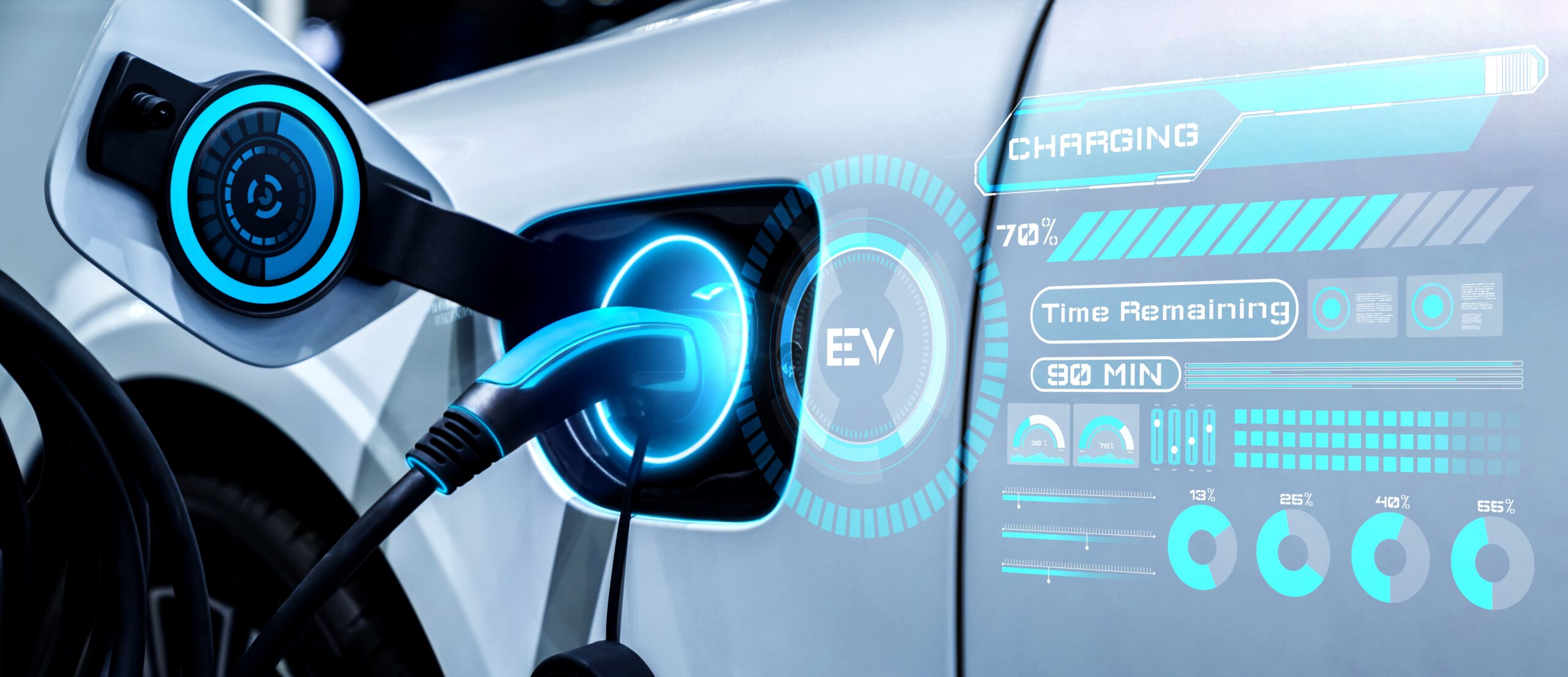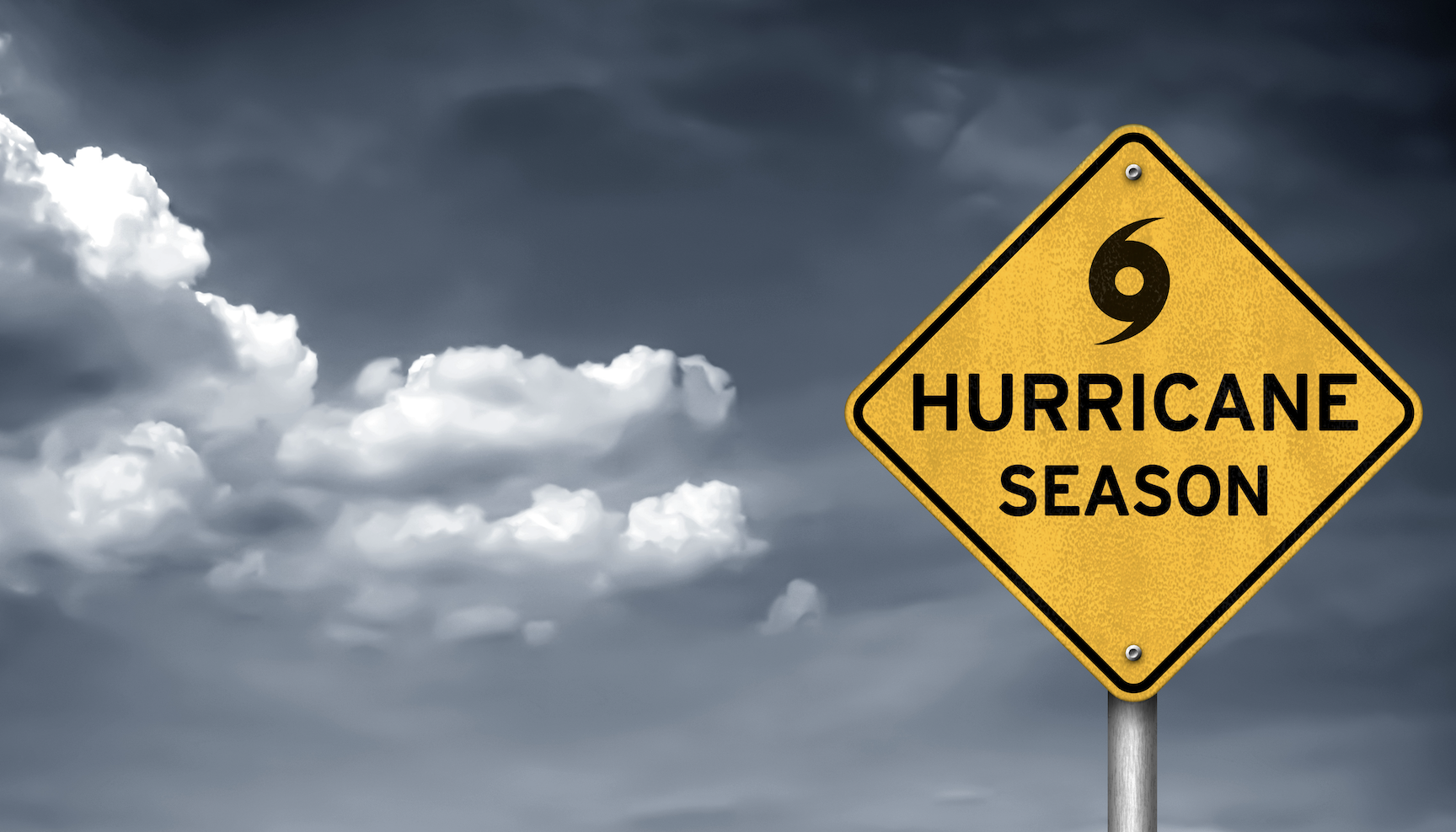I showed a small area, powered by an electric utility (20% of total energy), natural gas (25% of local energy) and petroleum products (45% of total energy). The electric utility had capability to increase its energy delivered by about 25% in the next decade, and the students were asked to show how to minimize the emissions in that timeframe. They were free to add solar thermal or solar PV capacity to the system.
 The problems began when they started to look at the efficiency of the various uses of energy, whereupon problems and constraints began to appear. The car that most people used was about 20-25% efficient, so it became an immediate target, but to convert all cars to EVs left no remaining electricity to offset the use of natural gas.
The problems began when they started to look at the efficiency of the various uses of energy, whereupon problems and constraints began to appear. The car that most people used was about 20-25% efficient, so it became an immediate target, but to convert all cars to EVs left no remaining electricity to offset the use of natural gas.
The students then added solar, but because 75% of solar energy came in summer and 75% of natural gas use was in winter, there was a costly and uneconomic storage issue. In addition, the use of heat pumps that worked well in spring, summer and fall needed inefficient auxiliary capacity during the cold winter days. It was very clear that this would be a challenging issue to address.
To help make things a little easier, it was allowed that the electric grid (in Canada) was based on hydro generation with large capacity storage behind existing dams, so solar energy generated in summer could at least be partially stored by the electric utility. But this storage was limited based on the ability to displace only local loads to reduce the electric consumption during summer and was nowhere near enough to offset the gas use in winter.
The discussion exposed what was eye opening for me. We are hearing a lot about the use of hydrogen as a fuel and a storage concept, and to date, I have been concerned that many of the proposed solutions have poor return efficiency that would make them uneconomic. But this case presented a different situation. The excess solar in summer could be converted to hydrogen and blended with the use of natural gas to reduce the carbon emissions, and this in turn would utilize a significant increase in solar electricity production that could not be stored by the hydro utility. In fact, it reduced the carbon emissions from natural gas use for much of the year.
The entire exercise made it very clear that we are faced with a dramatic need to be “out of the box” thinkers. The students that I met seemed to have the idea that they could simply add solar or wind capacity, and that would solve everything. They thought little about the role of the utility in providing the reliability required. And this led to another discussion.
Electric utilities have worked for more than 100 years on a simple principle — that they will meet customer demand where and when it is needed. Many utilities have done outstanding work in optimizing their systems, including generation, transmission and, in some cases, sub-transmission. But in most cases, the loads are allowed to do as they wish. Turn on the switch, and the light comes on. Start a compressor, and it cools the building. The utility mandate remains firmly in place — “meet customer demand.” This concept is going to need to change dramatically.
The first foray in this direction started some time ago. Some enterprising companies realized that they could reduce customer loads at a price far below what it would cost the utility to start and run peaker generation, and demand response programs came to life. Other concepts have made demand management a part of the overall control process.
BUT the real opportunity still lies ahead. Full optimization of the grid is going to be essential. Electricity delivery losses in the US are currently about $19B annually, and this is an area that has been largely untouched. Furthermore, as electric loads increase, losses, which increase with the square of the current, may explode. There are opportunities ahead that will increase the delivery capacity of our distribution systems, while controlling and minimizing losses. The management of many loads will need to be an ongoing part of this optimization. While lights may still go on when one turns on the switch, there will be many opportunities to delay or tweak air conditioning, water heating, EV charging and many other devices or opportunities to manage local voltages. It is apparent that customers are going to need to be a major part of this solution, and this in itself may bring some real opportunities, both for the utilities and the customers.
Enbala has a history of innovation, control and a deep understanding of the issues surrounding the power system. There is a bright future for our smart people to be the next generation of “out of the box” thinkers.




